Human Cheek Cells Under the Microscope
Staining of human cheek cell - First we have to take a clean piece of cotton swab and scrap the epithelium layer from the inside of our mouth. It is then put on the previously cleaned slide and smear is prepared. Then a staining solution called haematoxylin is added as a colour solution. Then the excess stain is removed and cover slip that is previously cleaned is added to the slide to make it appropriate for looking under microscope. Then the cheek cells are observed under microscope.
Human cheek cells are observed under microscope-
1. Cells are polygonal or flat in shape and structure –
2. They have irregular cellular thin boundaries which contains jelly like cytoplasm and the cytoplasm are granular.
3. This cell do not have plastids, vacuoles or cell wall.
4. They are generally made up of squamous epithelium cells.
Cell Wall – As animal cells do not contain any cell wall .So the cheek cell of the human embryo do not contain any cell wall.
Cell Membrane – Cell membrane are very thin border of the cells of the animal.
Question and Answer on Human Cheek Cells Under the Microscope
1. What is the name of the stain that is used for staining human cheek cell?
Answer: Haematoxylin is used for staining.
From Human Cheek Cells Under the Microscope to HOME PAGE
Recent Articles
-
What Is Plasma? | Blood Plasma | Proteins | Nutrients | Cholesterol
Nov 07, 25 10:29 AM
Blood is a mobile fluid which is a connective tissue and is derived from the mesoderm like cell any other connective tissue. Colour of blood is reddish and that flows inside the blood vessels by means… -
Disorders of Respiratory System | Tuberculosis | Pleurisy | Emphysema
Oct 28, 25 11:39 PM
Tuberculosis is very common disease and is caused by a type of bacteria called Mycobacterium tuberculosis. This disease causes different trouble in the respiration and infection of several parts of th… -
Regulation of Respiration | Respiratory Centres | Inspiratory Area |
Oct 14, 25 12:13 AM
Respiratory Centre is the area that controls the rate of respiration and it is observed to be located in medulla oblongata and pons. Respiratory Centre has the following will dispersed components like… -
Explain Transport of Gases | External Respiration | Tissue Respiration
Oct 09, 25 11:35 PM
In humans gaseous exchange is completed in the following ways the steps are - External Respiration or Breathing - Breathing in false taking in of Oxygen and giving out of carbon dioxide in the body. M… -
Kind and Number of Teeth | Location of Teeth in Mouth | Care of Teeth
Sep 11, 25 12:52 AM
Kind and Number of Teeth
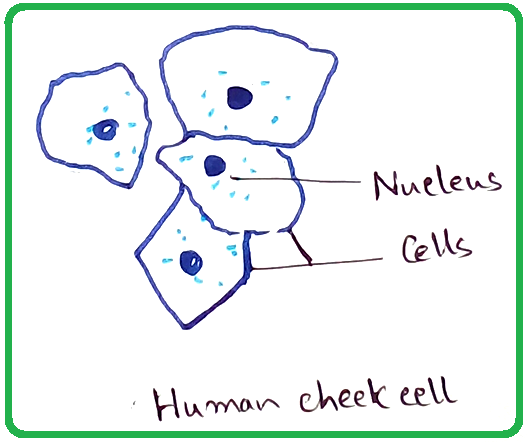
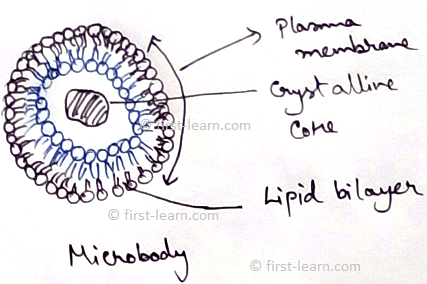
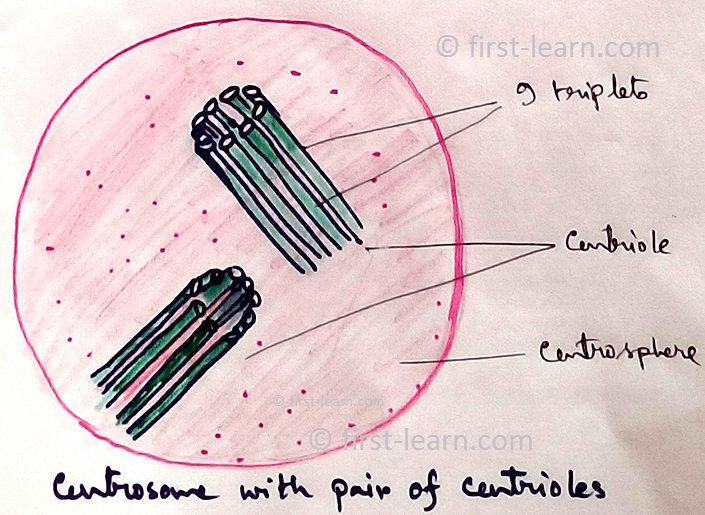
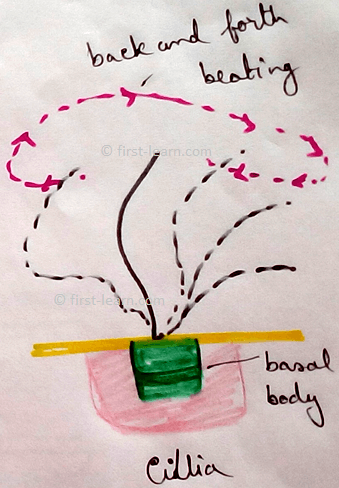
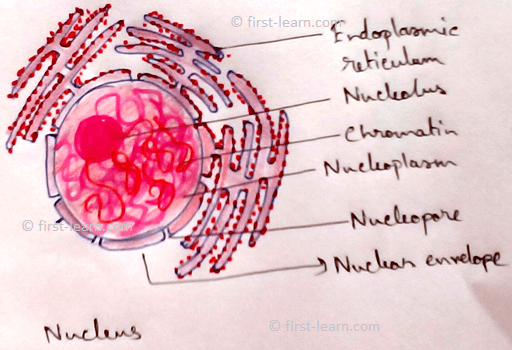
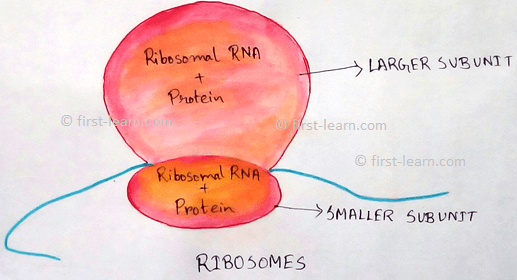










New! Comments
Have your say about what you just read! Leave me a comment in the box below.